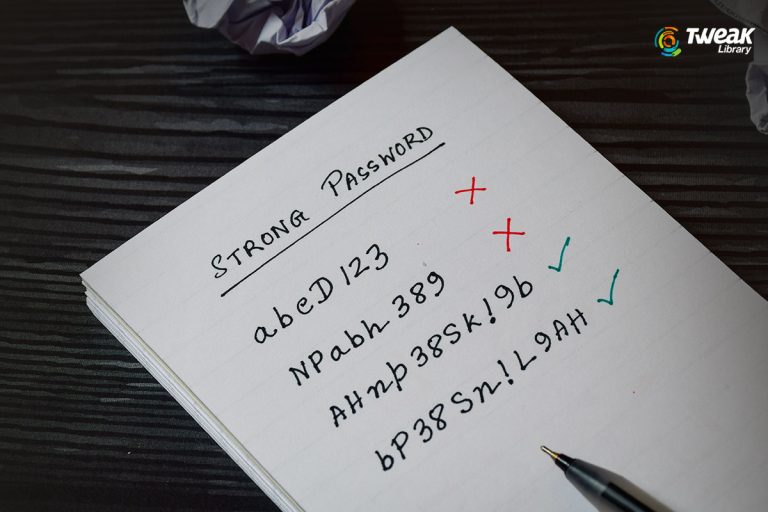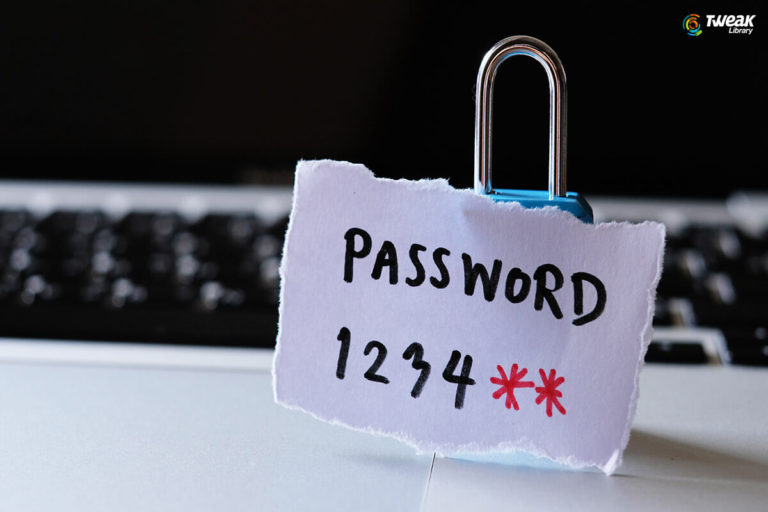Every second a smart gadget surrounds us be it a smartphone, laptops, smart watch, voice assistant or any Internet connected device. These things make our life easy and we love them. But there’s a downside, most of these devices aren’t protected, they can easily be exploited by cyber criminals.
With an Internet connection comes a potential hacker. No matter how secure you think your device is, a small flaw can lead to network attacks, data leaks. A flaw can open gates for hacker to get into your network and gain control of your devices or worse know your router password or bank details.
IoT devices give an easy entry point to cyber criminals into the network and our online systems. They can be easily leveraged, and in no time can turn into an IoT botnet to harm a network, bring down a site or disrupt any online services
As we continue to adopt Internet of Things some clear risk issues are appearing and therefore, we need to know if our IoT devices are putting us at risk?
The Era Of Smart Gadgets
People understand the risk involved in using smart devices hence they have started to take adequate security steps. However, doing so they often forget the number of connected smart devices with the same network, to which their computer or smartphone is connected. Thus, allowing hacker to read all stored information. A tiny flaw gives backdoor.

Smart devices are made up of innovative technologies, but the truth is most of them were not designed in a manner to protect themselves from an online attack. This means they are susceptible to a variety of threats, malware, and IoT botnets.
Also Read : Bluetooth: Is It Really As Secure As We Think
What Are IoT Botnets?
IoT botnet include compromised devices such as laptops, smart gadgets, voice assistants and other Internet-connected devices, controlled by a hacker to perform illegal actions like denial of service attacks (DDoS).
Recent reports show IoT botnets are rising and they are not going to stop anytime soon. We are going to see more of them as number of connected devices increase with each passing day.

IoT botnets are an advanced version of already existing botnets as IoT devices are more vulnerable and more device can be targeted at one. IoT botnets are capable of using a code that allows them to auto update as new malware is available.
Most common devices targeted by IoT botnets include Wi-Fi cameras, security systems, as they give an easy access into a network.
What Makes IoT Devices Exposed?
IoT devices are exposed due to two primary reasons:-
First, lack of rules and regulations. This means, most organizations design smart devices, without considering cyber threats and measures to stay protected. As a result, of which these devices often work as backdoors and design flaws make compromising easy. Plus, some devices have hard-coded passwords that can’t be altered without a firmware update. Thus, posing as a severe threat.
Second, very few IoT manufacturers have a Product Security and Incident Response Team (PSIRT) that can fix any security vulnerabilities. This means, if a threat detected there is no one to report or fix it. In short not much can be done to fix known security vulnerability. Besides, Universal Plug and Play (UPnP) devices post a great threat. UPnP allows devices to immediately identify and connect to a network without human intervention. Therefore, reducing device visibility and control thus posing a risk to security.

Smart Devices Danger To Our Security
1. Smart Cameras
2. Smart Door Locks
3. Smart Doorbells
4. Smart Garage Doors
5. Wi-Fi
6. Wireless Router
Besides, connected device that have been forgotten pose the greatest risk. Also, devices that aren’t monitored by their manufacturer and the ones that do not receive software update put network at risk.
How To Protect Yourself?
Smart gadgets with IoT technologies are being installed everywhere. They have transformed many processes and the way we look at things. Even more they have upgraded our daily conveniences. However, they also pose a risk to your cybersecurity. Even worse, the danger is increasing but is underestimated.
So, what is the solution to the IoT security disaster?
Ways to protect IoT Devices

The security measures explained below will help to protect your IoT devices from being hacked:
1. Setup strong authentication at the access points.
2. Keep a list of connected devices including manufactures and software version details. This will help you to identify vulnerable device when threats are exposed. Plus, you will be able to upgrade your devices when a security patch is released.
3. Establish segmentation and micro segmentation strategies.
4. Change default password of each IoT device.
5. Encrypt and limit network access.
6. Create strong router and network password.
7. Disable UPnP configuration on the router.
8. Use two-factor authentication for devices that offer it.
9. Choose devices that receive regular software update.
10. Use devices offered by well-known brands.
11. Avoid linking sensitive data to smart devices.
12. Unplug devices when not in use.
13. Read the manual to know how secure the device is.
Using these measures, you can minimize security risk pose by IoT devices. The world around, us including our office and home is getting smart and connected and it is our responsibility to take adequate security measure to protect them.
Must Read : What is Bloatware and Why Is It Bad For You
When tech companies aren’t taking any steps and they are busy creating Internet of Things without taking proper security measures. We need to be proactive and secure our device. Smart devices undeniably make things easy, but the danger they pose can’t be overlooked. The moment we connect them to our network we are at risk. We don’t say don’t use smart gadgets but connect the with due diligence.






Leave a Reply